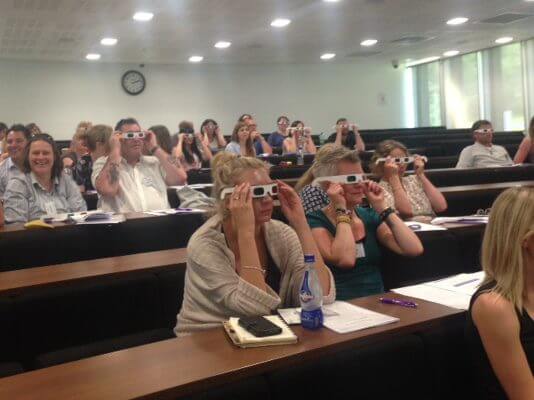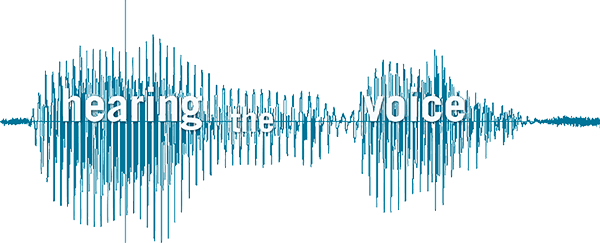 Earlier this month Hearing the Voice and the Tees, Esk and Wear Valleys NHS Foundation Trust tertiary psychosis team welcomed over fifty clinicians and mental health professionals to the Durham University Business School for the second day of Working with Voices – a four-day training course aimed at providing TEWV staff working with people who experience distressing voices with hands-on skills that can be used in their clinical practice.
Earlier this month Hearing the Voice and the Tees, Esk and Wear Valleys NHS Foundation Trust tertiary psychosis team welcomed over fifty clinicians and mental health professionals to the Durham University Business School for the second day of Working with Voices – a four-day training course aimed at providing TEWV staff working with people who experience distressing voices with hands-on skills that can be used in their clinical practice.
The theme for the day was ‘Core Skills in Working with Voices’. As in the first day of Working with Voices, the training was co-produced and co-facilitated by people with lived experience. This time we heard from Helen, who talked about her experience of CBT and using local services. Helen described some of the techniques and strategies she had learned to help her manage day-to-day challenges, and explained how she has learnt to cope with particularly distressing and critical voices. Earlier in the day, HtV’s Ben Alderson-Day had opened the session with a brief review of the debate around CBT for psychosis and its recommendation in NICE guidelines. He also explained the thinking behind our team’s development of new CBT manual that is sensitive to different sub-types of voice-hearing. More information about this approach can be found here.
The afternoon session was led by HtV’s Guy Dodgson, Clinical Director of Early Intervention in Psychosis services at the Northumberland, Tyne and Wear NHS Foundation Trust. Voice-hearing experiences are hugely varied, meaning that not all voice-hearers who want to use CBT will necessarily benefit from the same techniques and explanations. Guy outlined a framework that divides voices into a small number of sub-types, and then tailors therapy towards them: 1) inner speech-based voices; 2) memory-based voices; and 3) voices resulting from hypervigilance (paying excessive attention to the external environment). After inviting participants to consider a series of vignettes exemplifying these different types of voices, Guy introduced some interactive exercises aimed at exploring ways of identifying and normalizing these diverse experiences, and described various coping strategies that can be suggested for different voice sub-types. In the case of inner speech-based voices, for example, these might include activities that will block the phonological loop (e.g. soothing self-talk, humming, singing to oneself) and using behavioural experiments that involve transforming the content or sound of inner speech. The aim of this particular exercise is to demonstrate how we can represent and control other people’s voices in our heads.
Finally, Andy Walker ended the day with a session on the use of art therapy in the context of the treatment of psychosis. Through a series of interactive exercises, Andy drew the participants’ attention to the role of art making as a form of communication between therapist and client, which enables people to explore feeling and experiences that are hard to put into words.
Hearing the Voice would like to thank everyone who contributed to the second day of Working with Voices. It was great to hear your thoughts about how the practical techniques learned in the session might be used in your clinical practice, and we look forward to collaborating with voice-hearers and the TEWV tertiary psychosis team to deliver the remaining sessions in the course.
The next session in Working with Voices will take place on 18 July 2016 and will focus on voice dialogue. Resources for training participants are available here.
Information about the first day in the training series can be found in this blog post.
